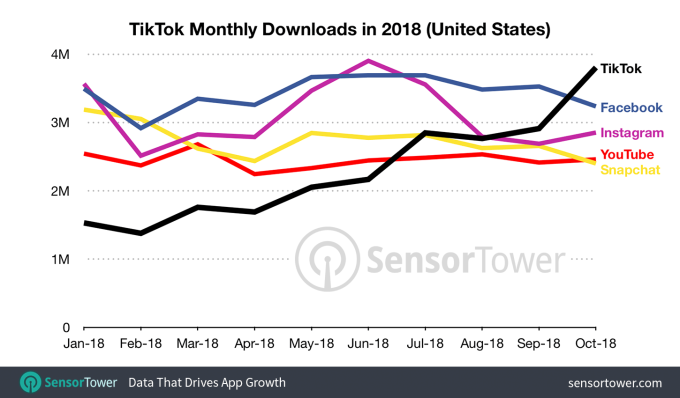The US company Blockbuster went under pretty quickly.
Xerox too.
If some company out there, part of the IC chain, making a product only for a node like over 28nm, but failed to make it product compatible with the lower nodes, well then, they are gone too. That is what essentially happened to Japanese IC industry.
Tech is weird. You're here today, gone tomorrow.
Not really. Software and hardware are nothing alike. Japanese IC industry was never focused on consumer and processors, they were focused on analog, sensor and microcontrollers for industrial applications.
You can't just switch process nodes and do die shrinks on a whim like you can release a new software version, die shrinks have very real, physical limitations like heat generation and very real, economic limitations like hundreds of millions USD. Costs include design, validation, mask fabrication, prototyping, programming tool development, IP libraries, etc. Lead times aren't days like in software. More like months to years. The fab needs to buy wafers, get masks for each layer, buy chemicals... And that's just for a die shrink, not a functionally new product.

